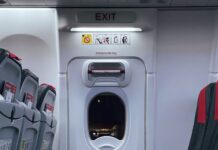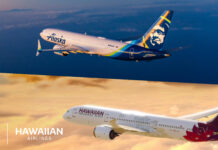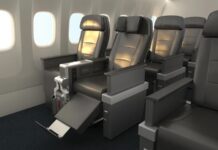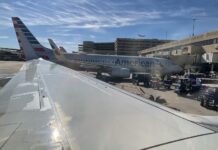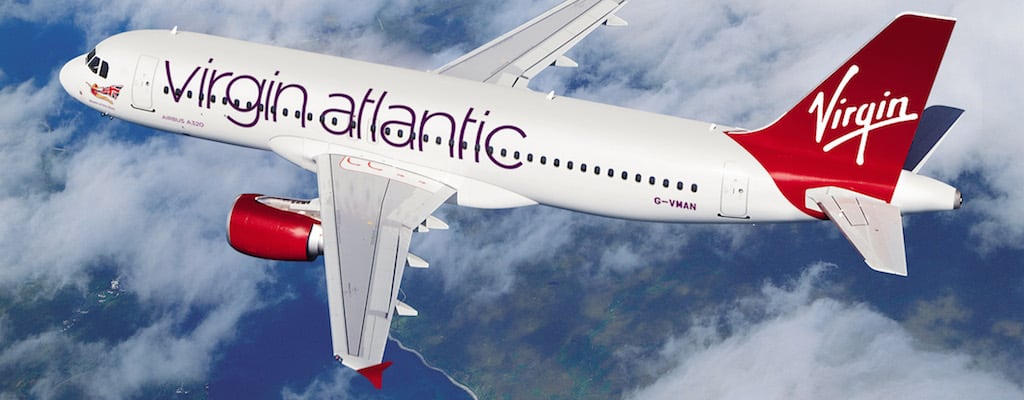
Three years from now, traveling will be a completely different experience. According to SITA’s 2015 Airline IT Trends Survey, more than 80 percent of airlines are currently focused on solutions to improve personalization, and 86 percent of airlines strongly agree that Internet of Things will present clear benefits over the next three years. As new technologies continue to shape the airline industry, here is a roundup of the latest trends already in the works for air travel.
The Obama administration is working on a deal with Cuba that would allow travelers to fly on scheduled commercial flights between the countries by year’s end. American Airlines is already on board with an Aug. 18 announcement of a nonstop flight between Los Angeles and Havana. The flight will be sold by Cuba Travel Services and will operate on Saturdays starting Dec. 12. American will also operate a Saturday flight between Miami and Havana, also sold by Cuba Travel Services.
Virgin Atlantic continues to raise the in-flight entertainment bar by bringing surround sound (or 3-D audio) on board. Starting this month, Virgin Atlantic passengers can watch Furious 7 and Bessie in surround sound by plugging in their own headphones. Dysonics and Psafaz partnered to collaborate on the new technology, which will make the sounds of cars whizzing by seem lifelike. The launch of the new technology follows the in-flight surround sound debuted on Red, Virgin America’s IFE system, in June.
While still very much in the development phase, Alaska Airlines is testing a machine at the Mineta San Jose International Airport in California that will scan the eyes and fingerprints of customers in lieu of using a boarding pass when checking their bags, passing through security and boarding the plane. The program combines the airline’s fingerprint entry technology — already in place in four executive lounges — with the CLEAR biometrics scanning hardware that is already in place in 12 airports across the country.
To help travelers avoid getting lost in airports, United Airlines added an interactive airport map to its iOS app. This latest feature essentially works like Google Maps for seven of America’s busiest airports: Chicago’s O’Hare, Denver International Airport, Houston Bush International, Los Angeles’ LAX, Newark Liberty Airport, San Francisco International Airport and Washington Dulles. It features the same pin-dropping location available on other maps, making it interactive for customers to find a specific shop or restaurant.
Earlier this summer, United Airlines also announced a $30 million stake in Fulcrum Bioenergy, which plans to turn household trash into diesel and jet fuel. This announcements comes a couple years after United partnered with AltAir Fuels, which also agreed to produce low-carbon, renewable jet fuel. Similarly, Southwest Airlines agreed to buy fuel from Red Rock Biofuels, which plans to make fuel from wood waste in Oregon.
While biofuel plans for the airline industry are in the works, they have had a slow start. A United program to power regular flights between Los Angeles and San Francisco with fuels made from agricultural waste was delayed when AltAir had trouble retrofitting the existing refinery. The companies now say the flights should begin this month. Red Rock’s planned deliveries to Southwest have also been pushed back, to 2017 from 2016, and construction of the plant has not yet started.




